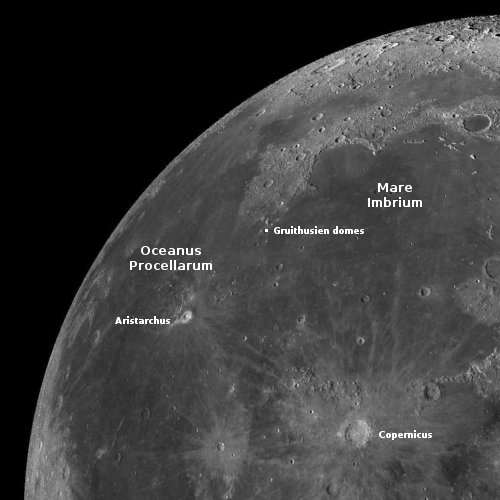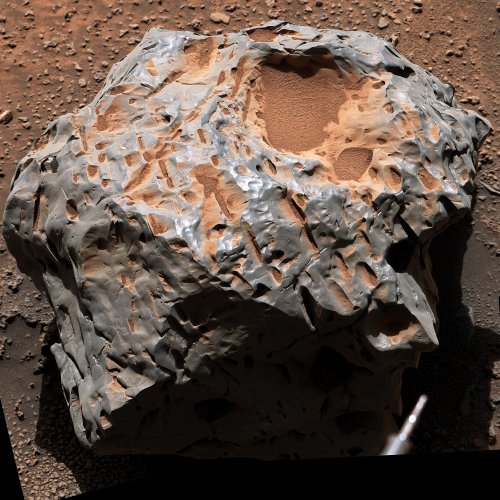February 3, 2023 Quick space links
Except for the first, all are courtesy of Jay, BtB’s stringer, who trolls Twitter so I don’t have to.
- Quub Emerges from Stealth Mode, Announces Two Air Force Contracts
Quub is the smallsat company created by long time BtB reader Joe Latrell, whose satellite work I featured previously here. The article at the link includes a detailed interview of Latrell.
- OneWeb gets $50 million deal with Canadian internet company Galaxy Broadband
This is how OneWeb will compete with Starlink. While Starlink sells its service directly to rural customers, OneWeb can sell its service to the internet providers that already exist on the ground, allowing them to expand and improve their business in those rural areas.
- The route China’s spy balloon took to get to the U.S.
This balloon suggests China is significantly ahead of the U.S. in developing this high altitude balloon technology.
- Russian engineers and designers to meet to assess the technical future of ISS
The assessment will apparently be entirely engineering in nature, and will tell the Putin government whether these engineers think ISS will be safe to occupy until 2028, or require leaving sooner. Regardless of what they determine, it is very unlikely Russia can launch its own replacement by 2028.
- Where do rockets launch from?
The global map at the link provides an excellent overview of present and future spaceports worldwide
Except for the first, all are courtesy of Jay, BtB’s stringer, who trolls Twitter so I don’t have to.
- Quub Emerges from Stealth Mode, Announces Two Air Force Contracts
Quub is the smallsat company created by long time BtB reader Joe Latrell, whose satellite work I featured previously here. The article at the link includes a detailed interview of Latrell.
- OneWeb gets $50 million deal with Canadian internet company Galaxy Broadband
This is how OneWeb will compete with Starlink. While Starlink sells its service directly to rural customers, OneWeb can sell its service to the internet providers that already exist on the ground, allowing them to expand and improve their business in those rural areas.
- The route China’s spy balloon took to get to the U.S.
This balloon suggests China is significantly ahead of the U.S. in developing this high altitude balloon technology.
- Russian engineers and designers to meet to assess the technical future of ISS
The assessment will apparently be entirely engineering in nature, and will tell the Putin government whether these engineers think ISS will be safe to occupy until 2028, or require leaving sooner. Regardless of what they determine, it is very unlikely Russia can launch its own replacement by 2028.
- Where do rockets launch from?
The global map at the link provides an excellent overview of present and future spaceports worldwide















